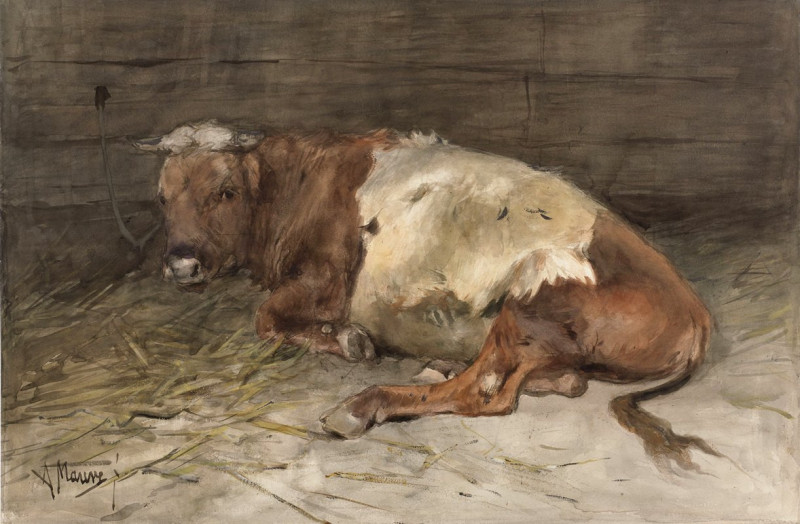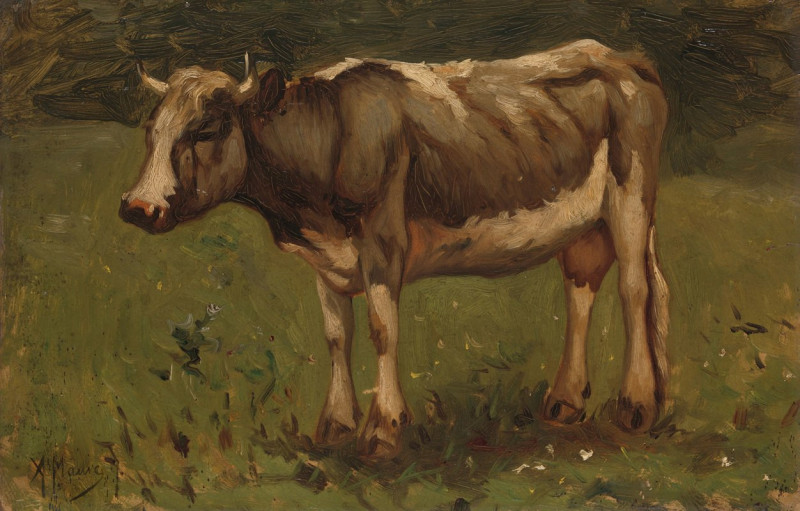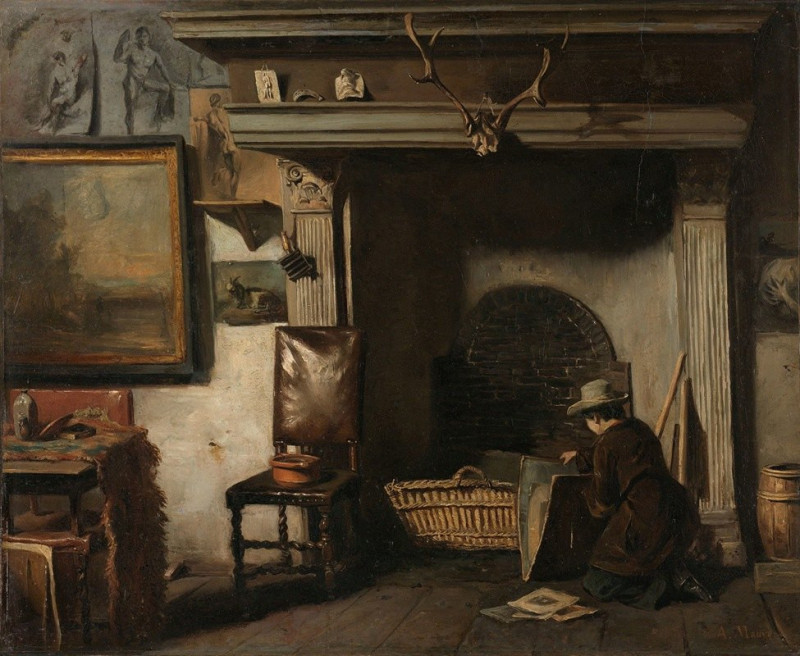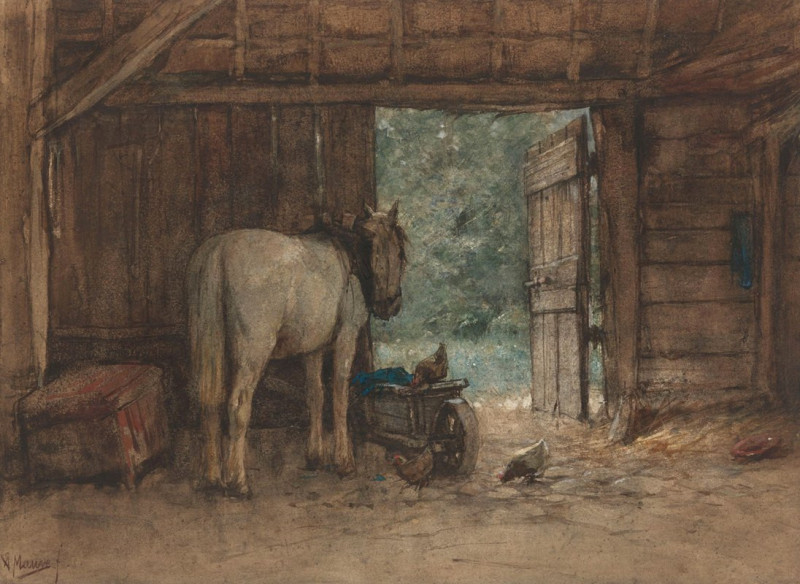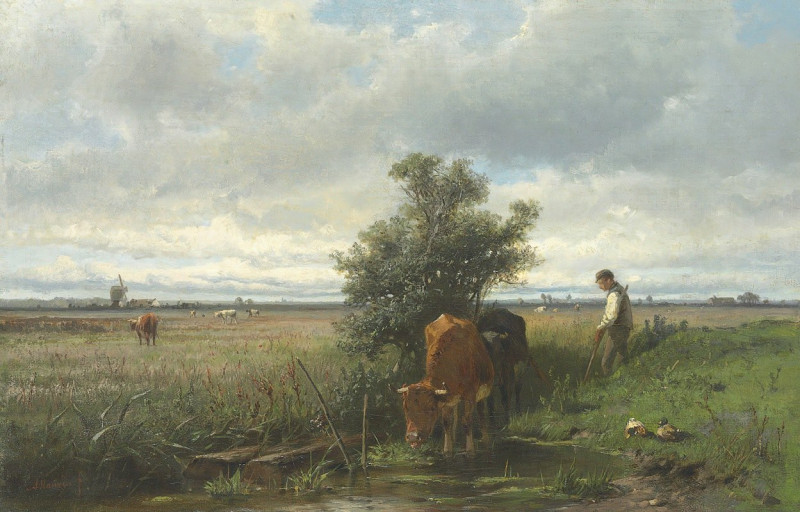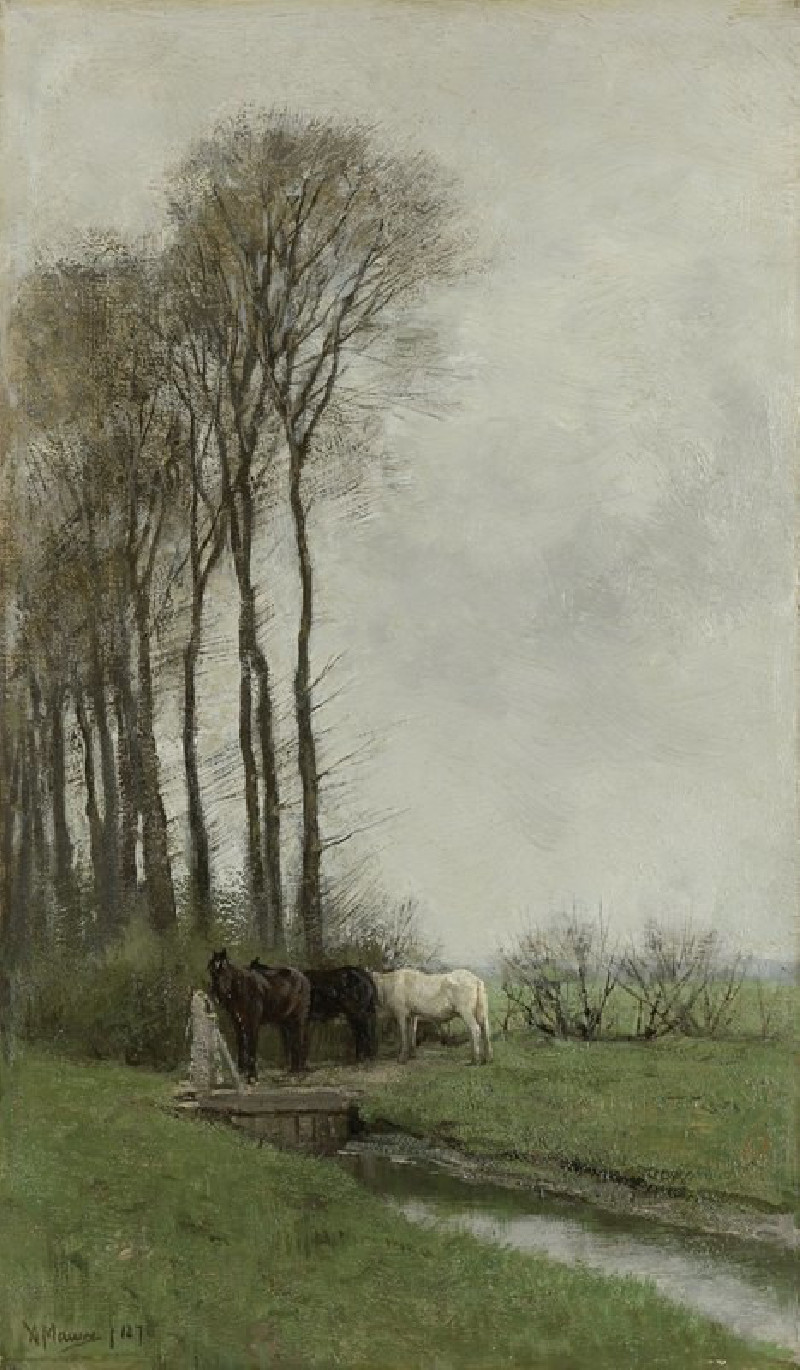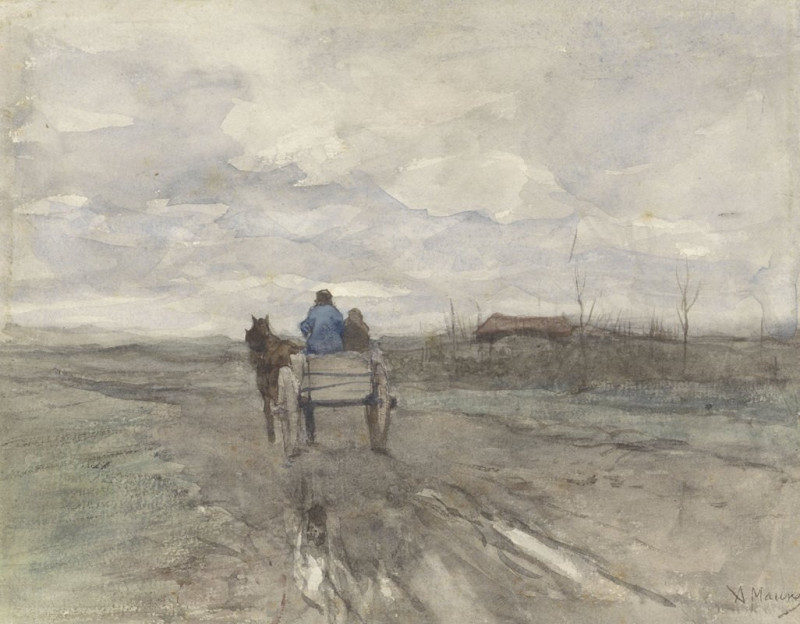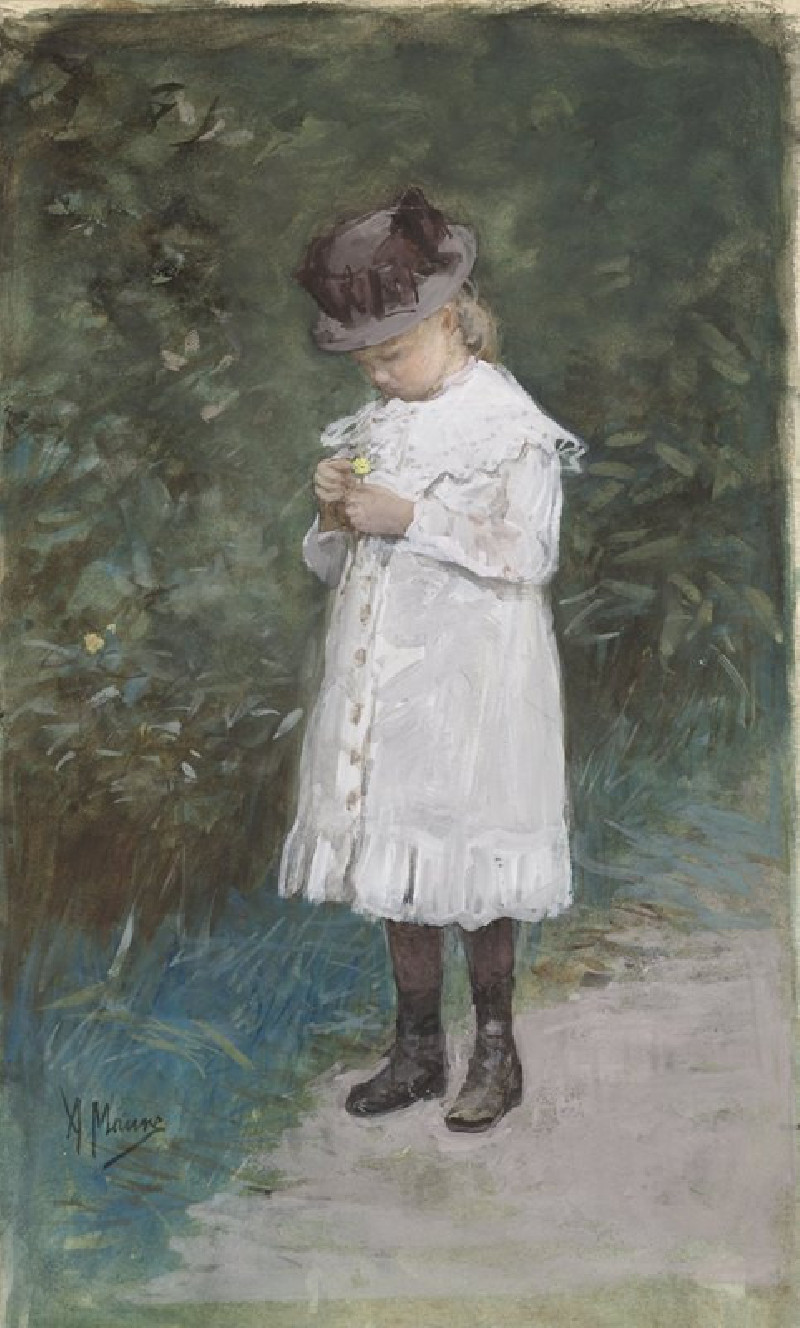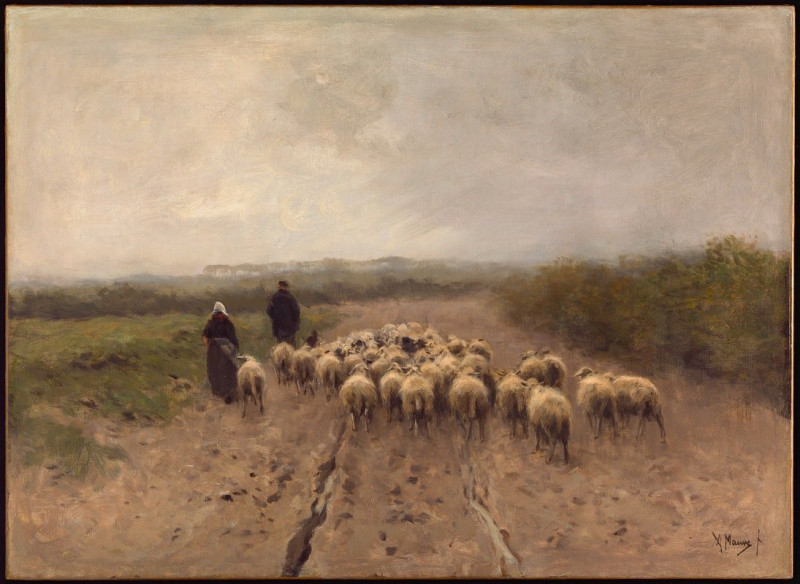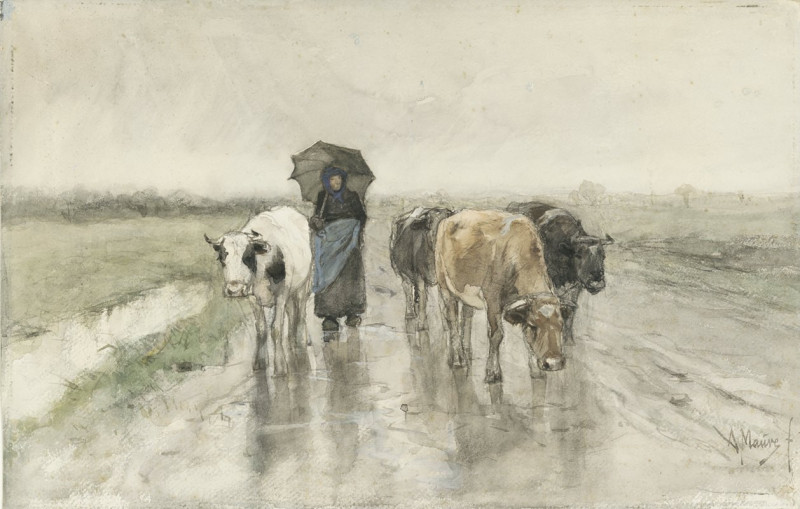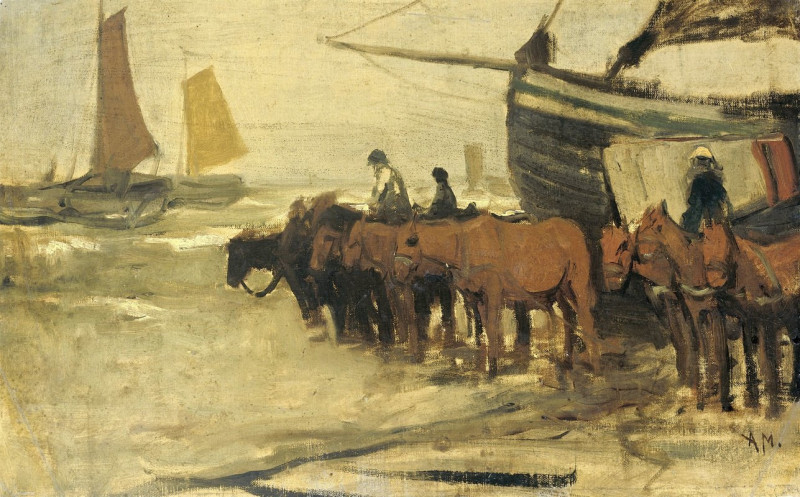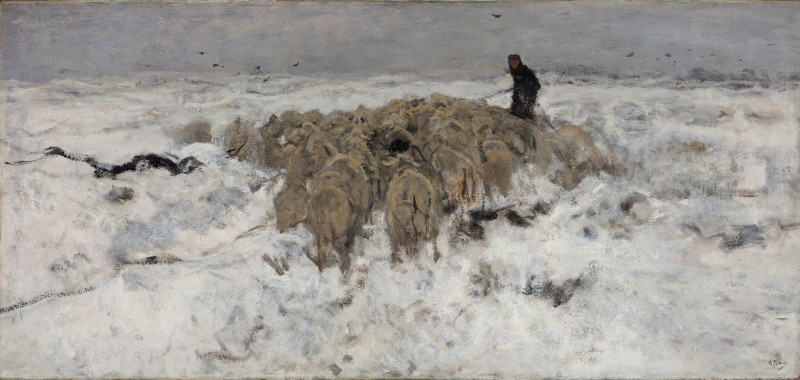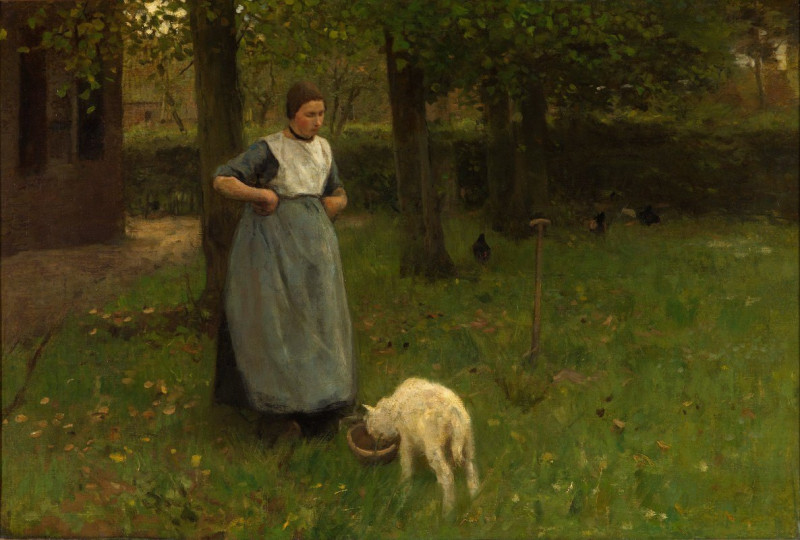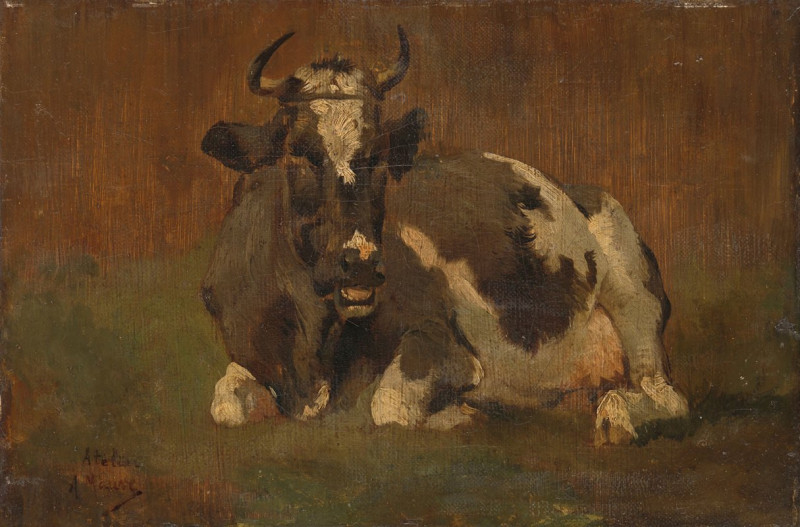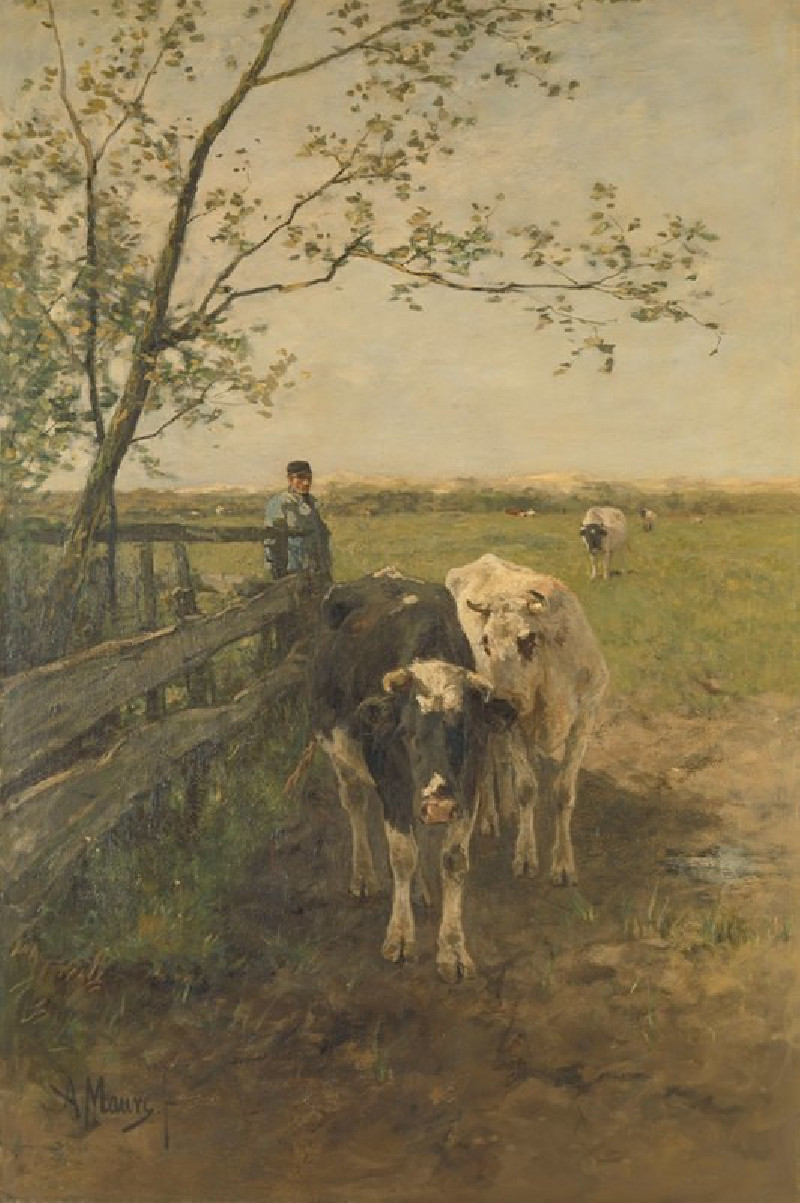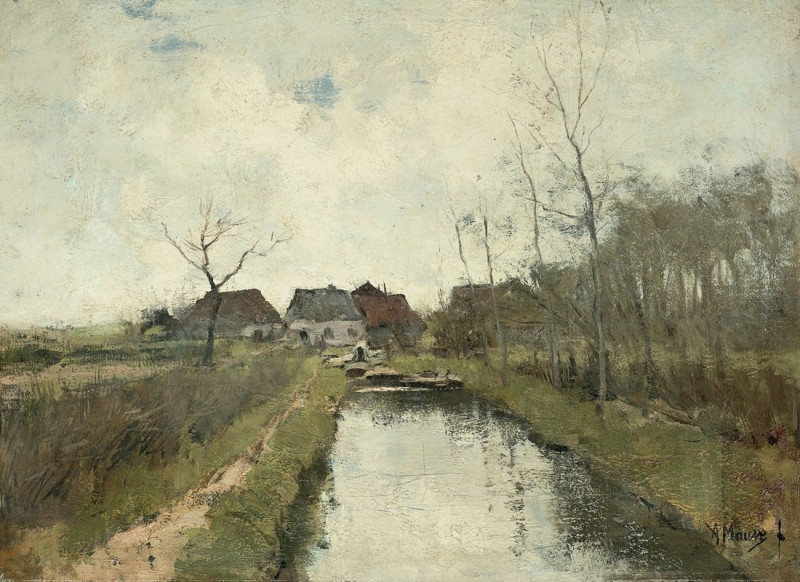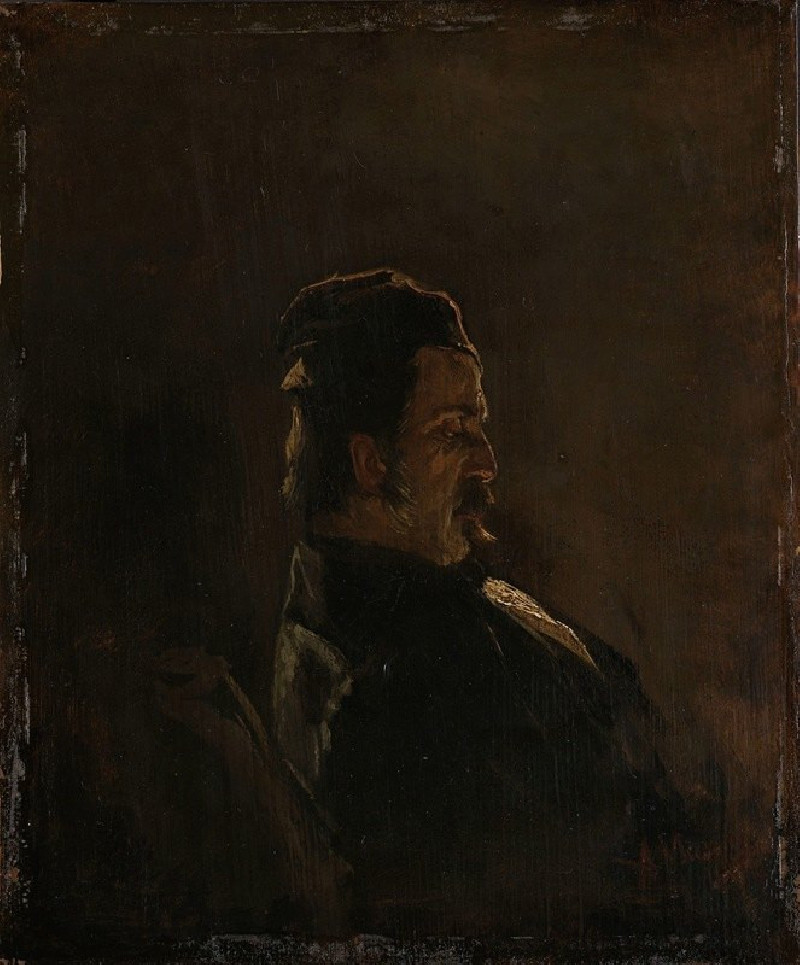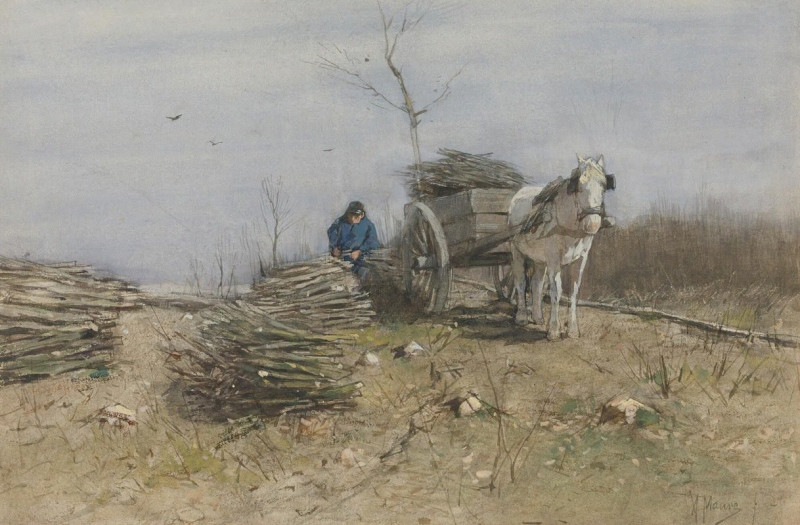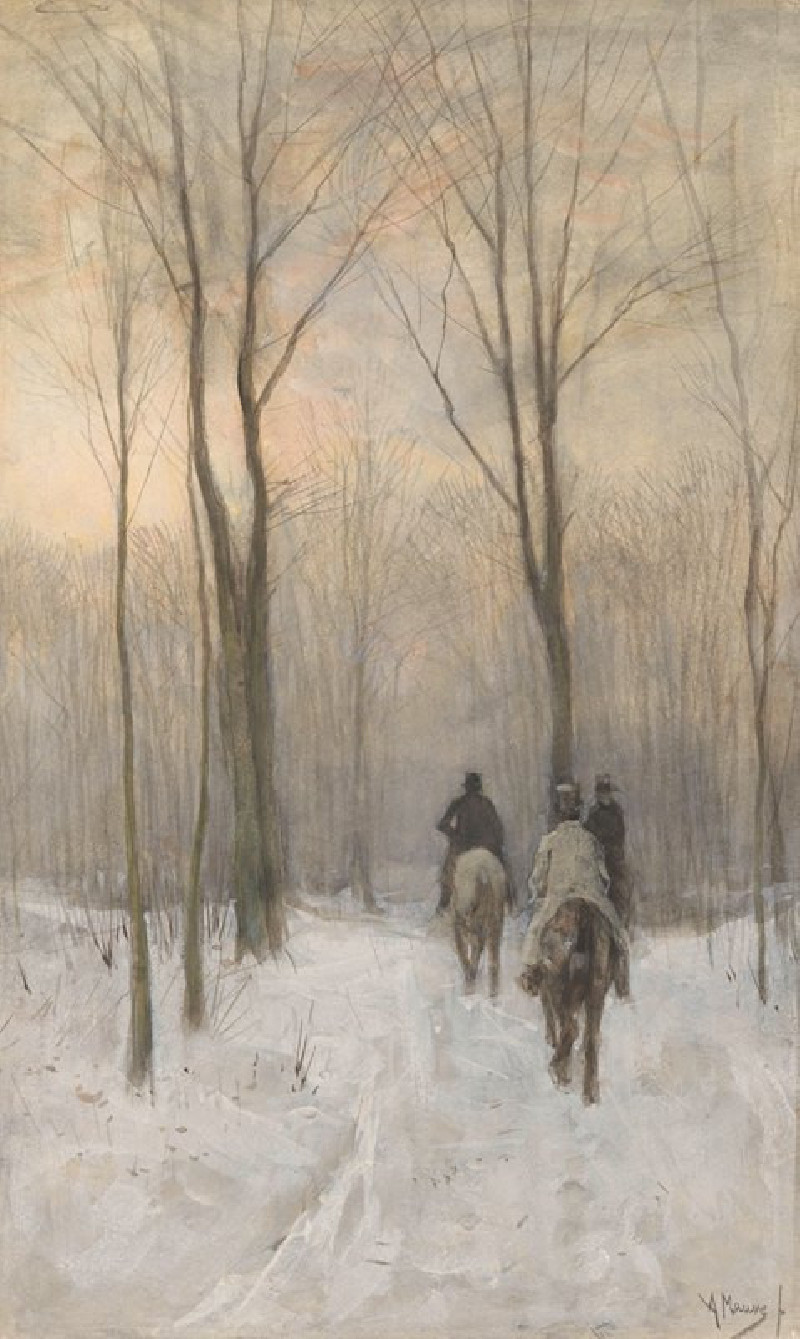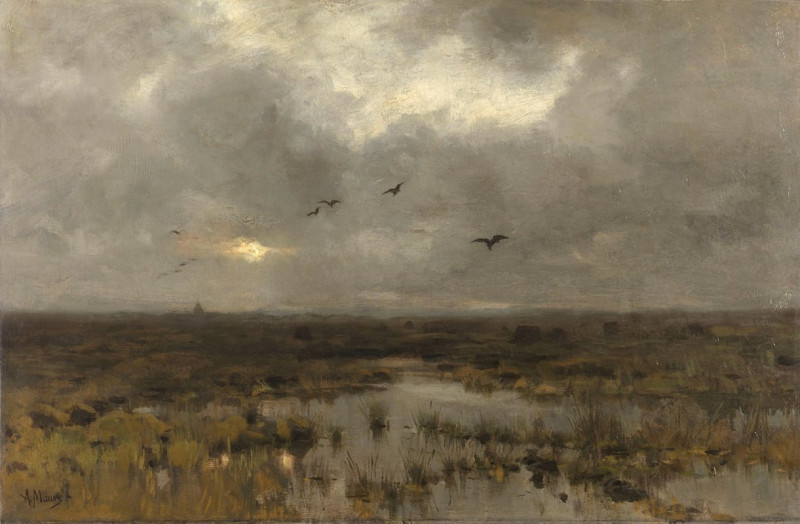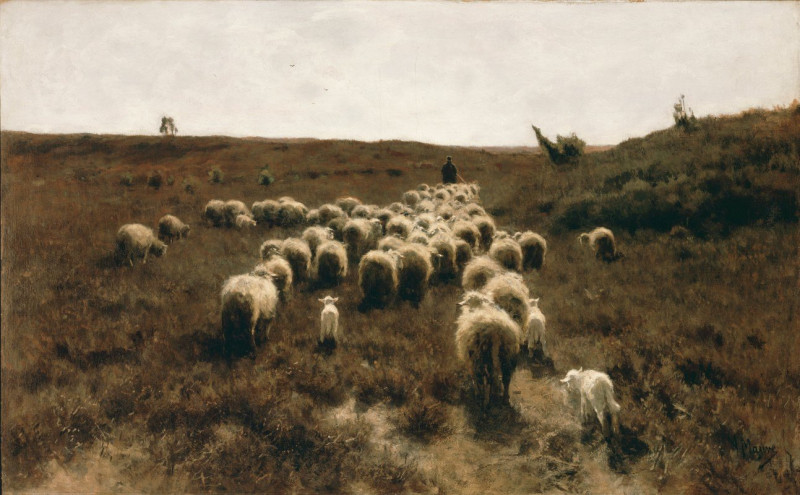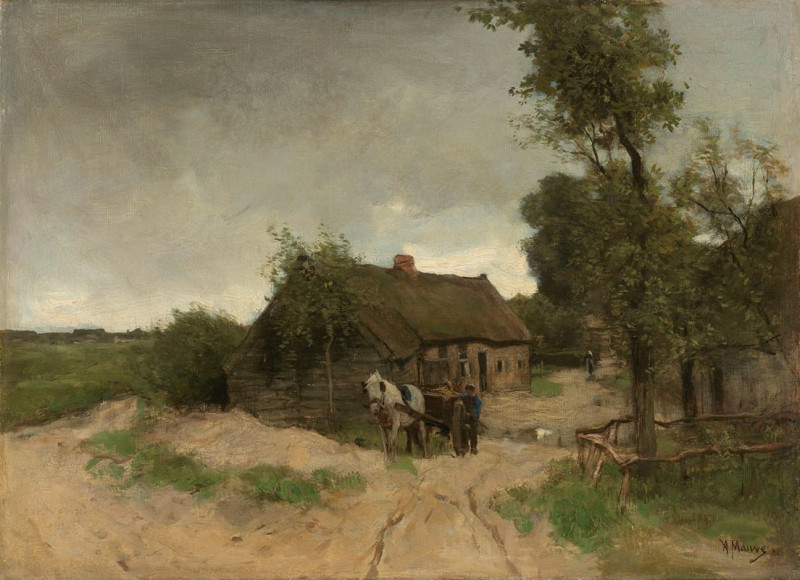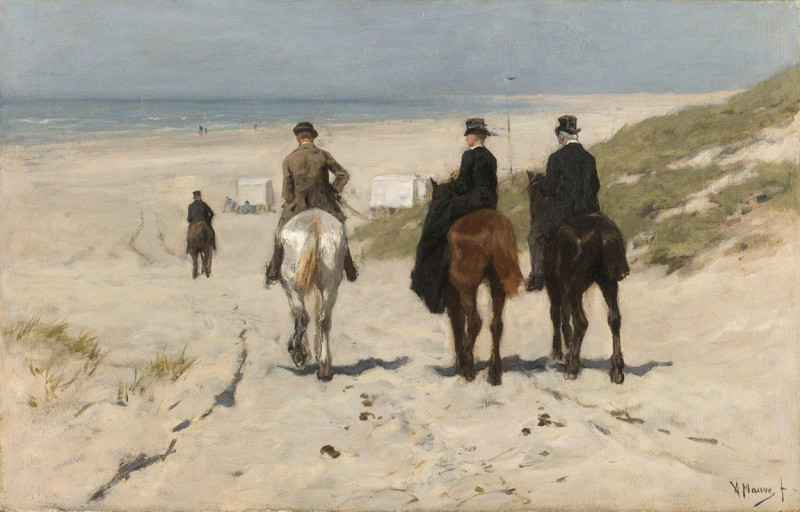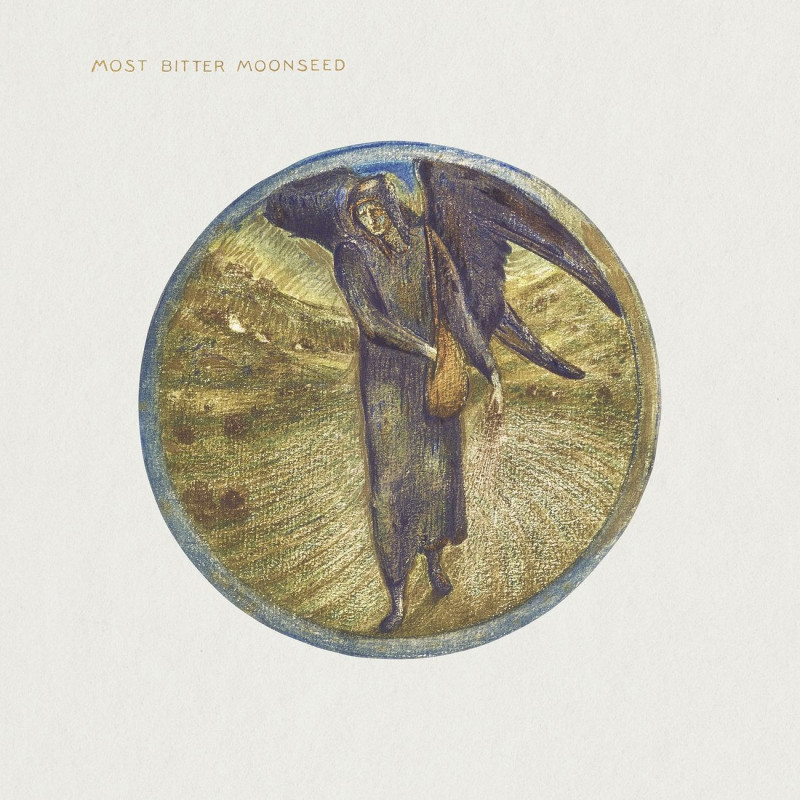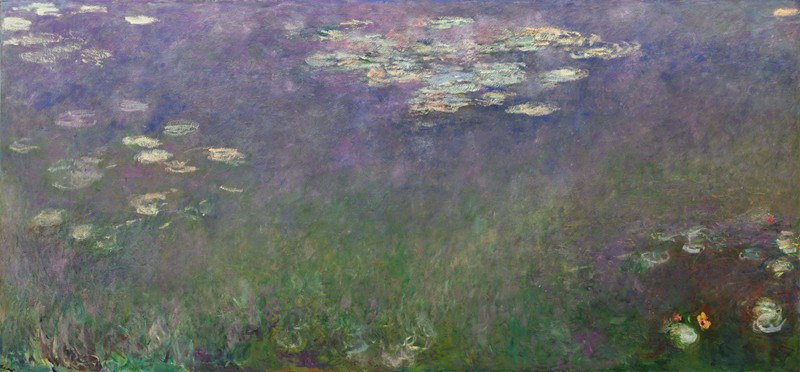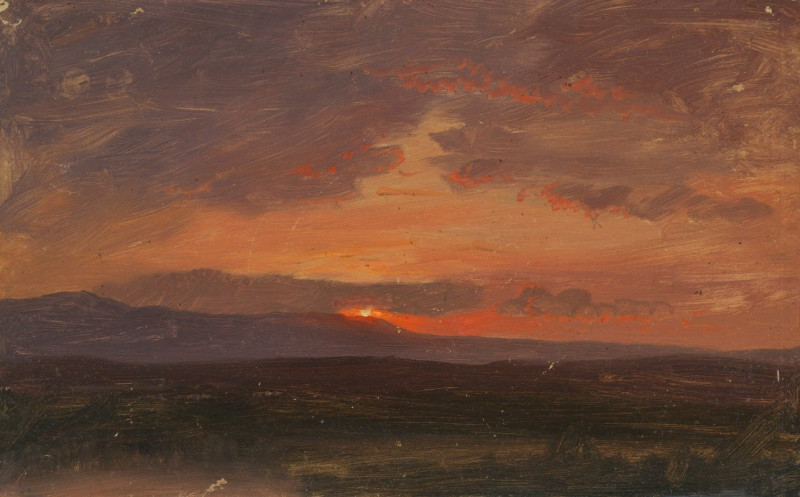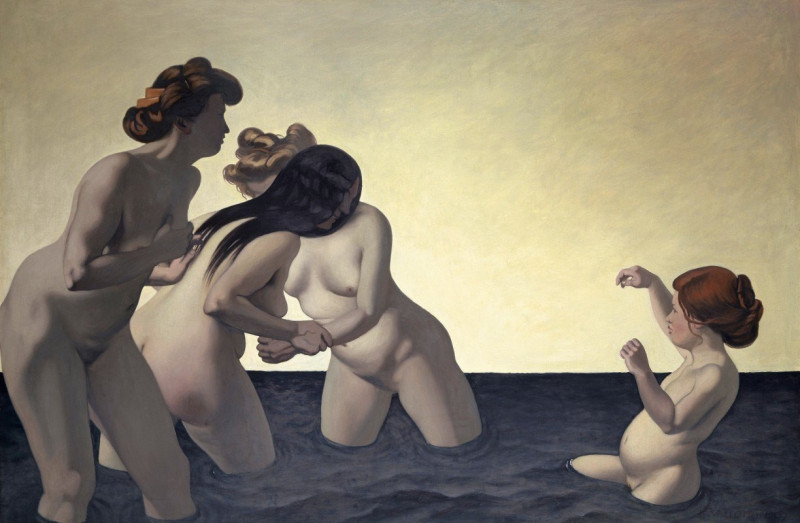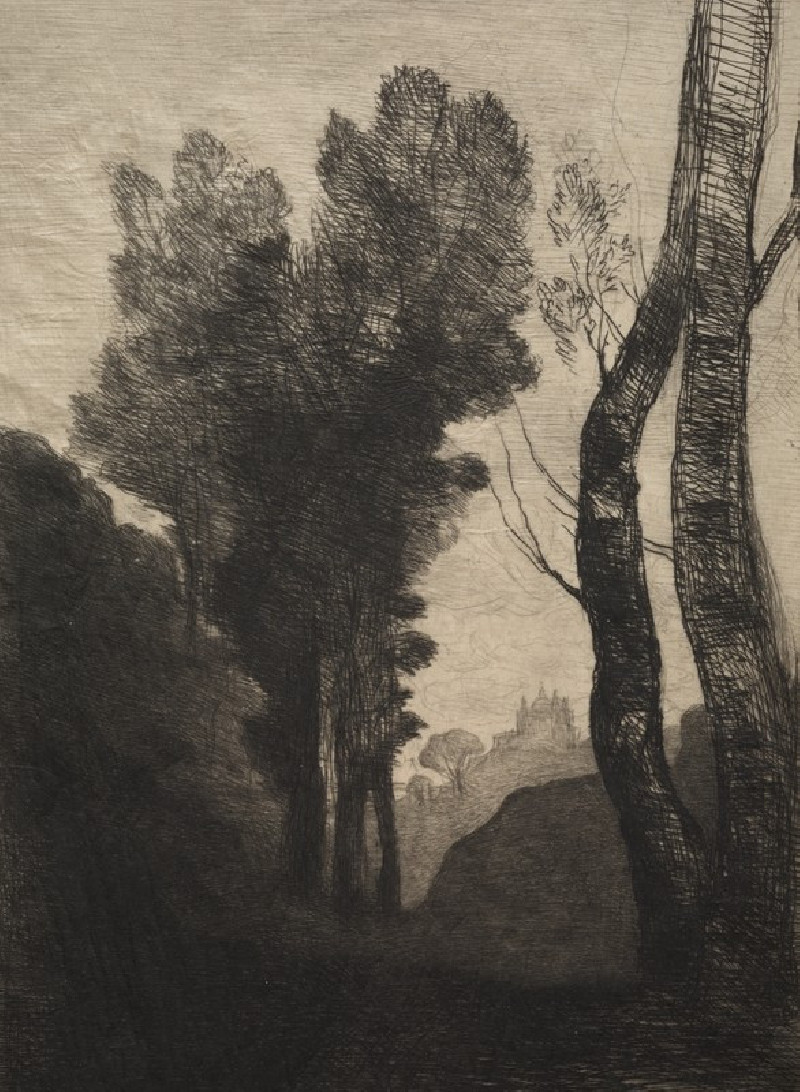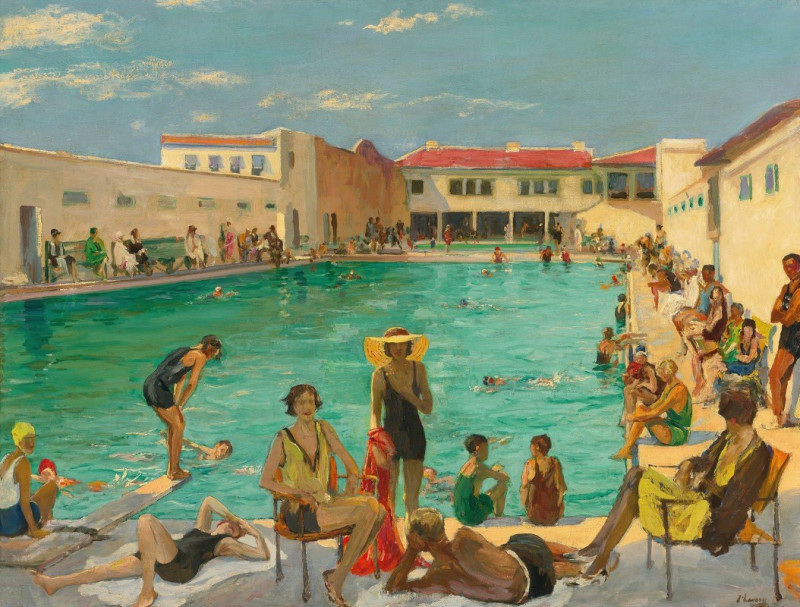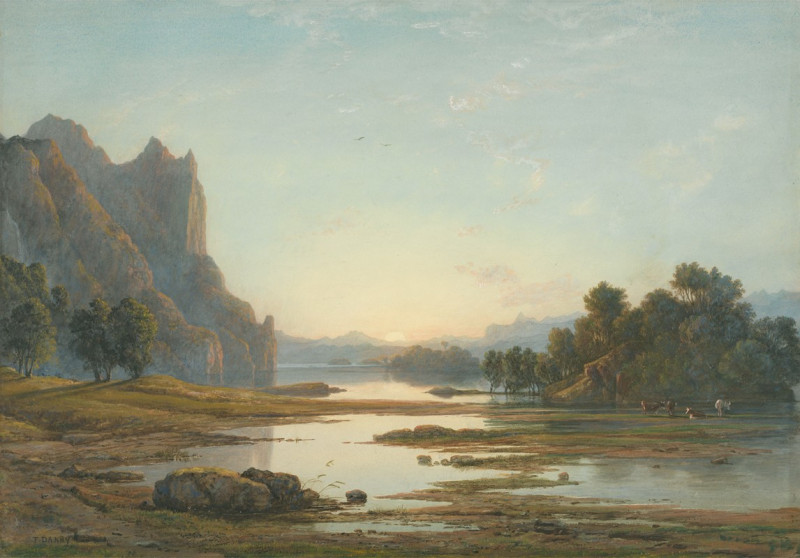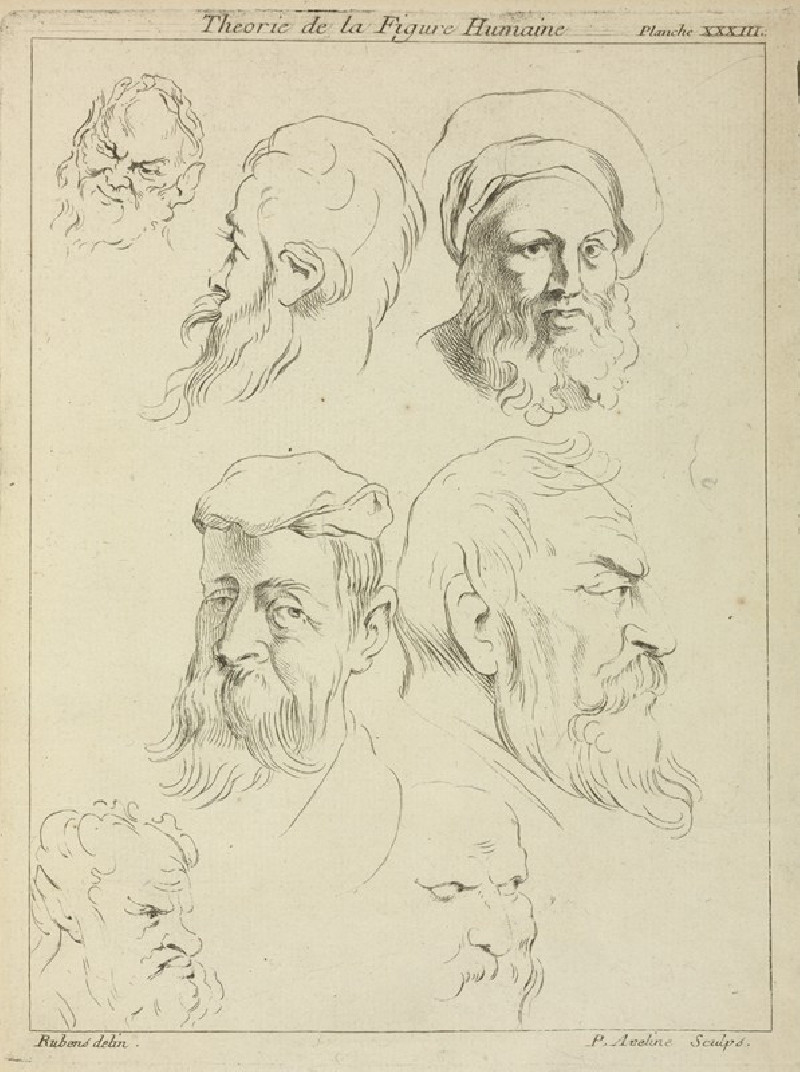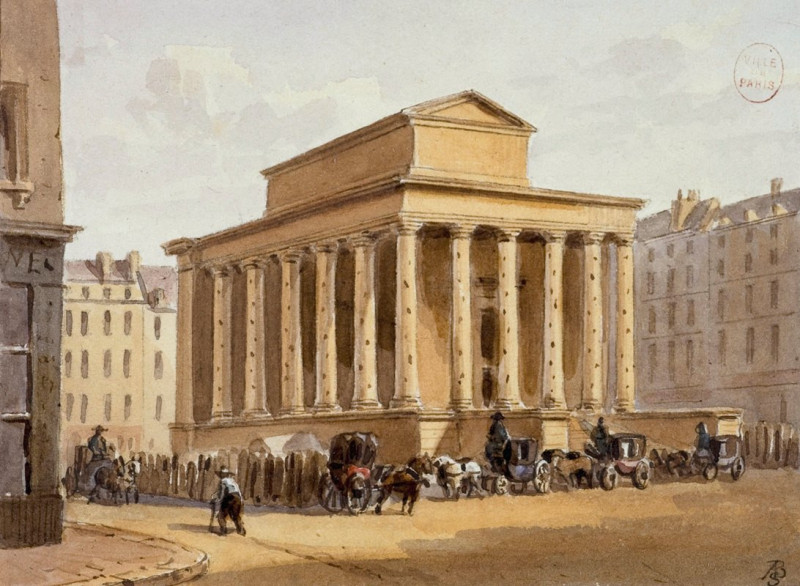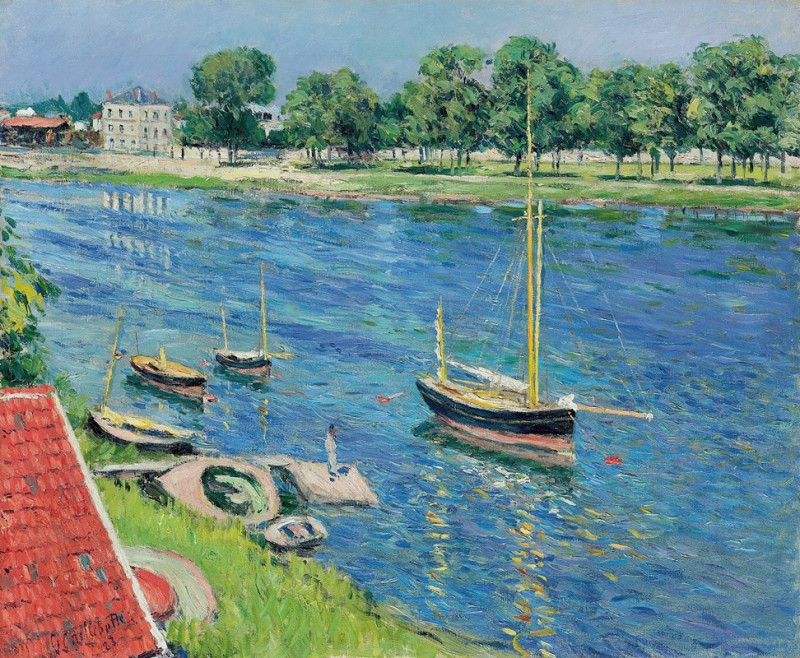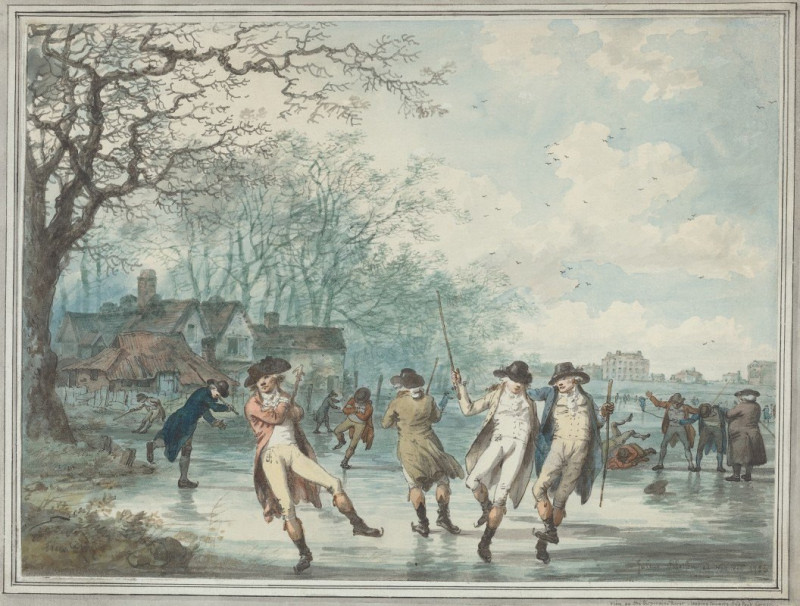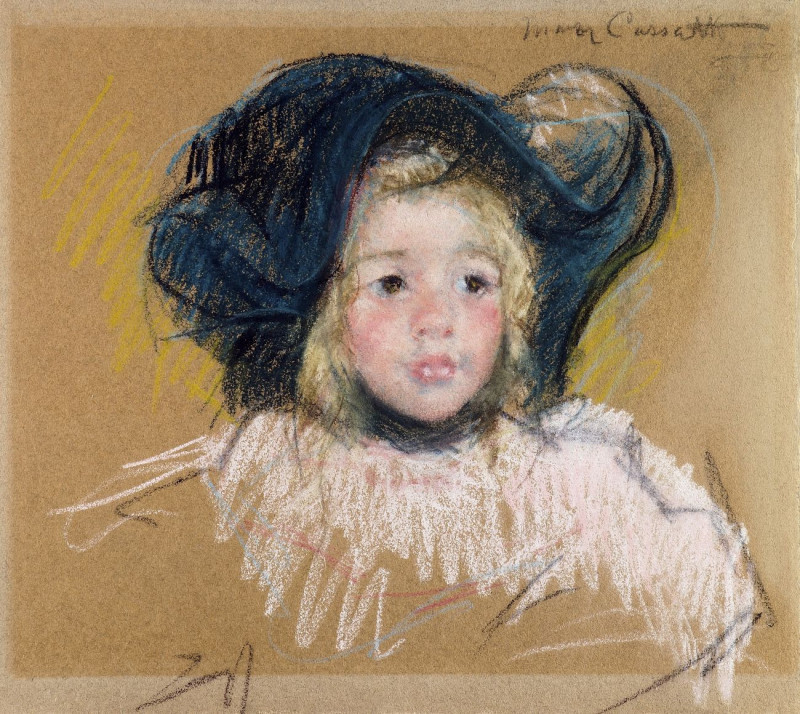Liggende jonge stier (1848 - 1888)
Technique: Giclée quality print
Recommended by our customers
More about this artwork
In the serene and evocative painting "Liggende jonge stier," created by the celebrated Dutch artist Anton Mauve between 1848 and 1888, viewers are treated to a poignant depiction of pastoral life that resonates with tranquility and a robust sense of realism. This artwork beautifully showcases a young bull lying on the ground, seemingly at rest or possibly weary, set against the modest background of a wooden shed.Anton Mauve, well-known for his influence on the early works of Vincent van Gogh, was a master of the Hague School, and his art often emphasized the harmonious relationship between humans and nature. In this piece, the young bull is rendered with exceptional attention to texture and detail, from the glossy coat of rich browns and whites to the subtle interplay of light and shadow that animates its form.The bull's peaceful expression and relaxed posture invite the viewer to a moment of quiet contemplation, reflecting Mauve's ability to capture the essence of animal life without strain or artifice. The scattered straw and muted earthy hues of the background further enhance the naturalistic quality of the painting, making it a splendid example of Mauve’s dedication to the realistic portrayal of rural scenes."Liggende jonge stier" not only offers a glimpse into the rural 19th-century Dutch landscape but also highlights Anton Mauve’s profound sensitivity to the subtleties of natural beauty and animal demeanor.
Delivery
Returns
Anthonij "Anton" Rudolf Mauve (18 September 1838 – 5 February 1888) was a Dutch realist painter who was a leading member of the Hague School. He signed his paintings 'A. Mauve' or with a monogrammed 'A.M.'. A master colorist, he was a very significant early influence on his cousin-in-law Vincent van Gogh.
His best-known paintings depict peasants working in the fields. His paintings of flocks of sheep were especially popular with American patrons, so popular that a price differential developed between scenes of "sheep coming" and "sheep going".

